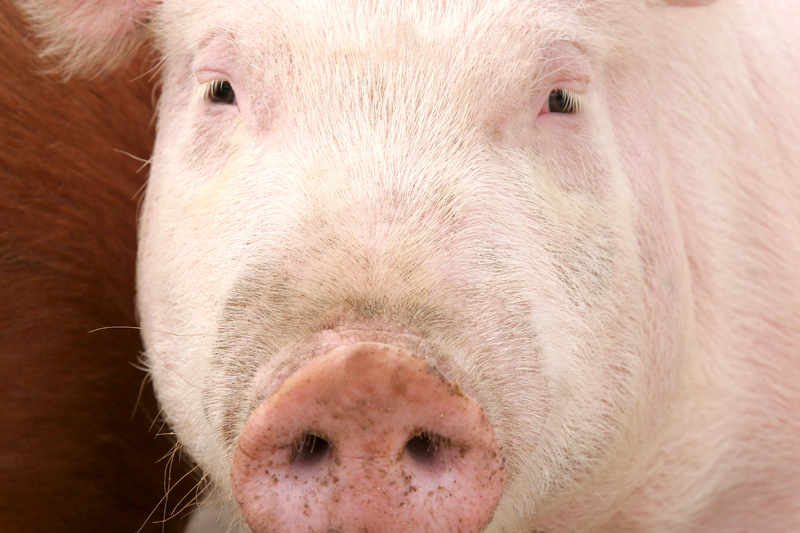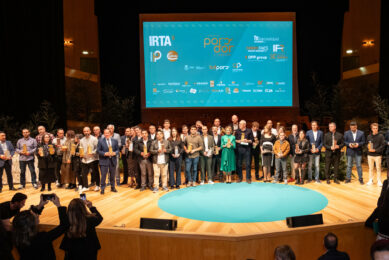Better pig performance by improving management

Pork producers can increase growth performance and reduce mortality by improving facilities and management practices, Spanish researchers have found.
The website of the British Society of Animal Science (BSAS) reports about researchers from the Universitat Autònoma de Barcelona, Spain, having conducted a survey to investigate how pig management and farm facilities affect performance, including total feed intake (TFI), Feed Conversion Ratio (FCR) and swine mortality.
Analysis showed that the factors which had a strong positive impact on production included single spaced feeders with drinkers incorporated, having less than 50% slatted floor, split-sex pens and where automatic ventilation systems were used.
Data from over 450,000 Pietrain pigs
By a survey, the researchers collected data of over 450,000 Pietrain sired pigs. These came from 310 batches from 244 grow-finish farms owned by six Spanish pig companies from 2008-2009. Data were collected on the farm facilities including floor type, feeders, ventilation and number of pigs per pen.
It also collected management data on the season of placement (when the batches of pigs were placed into the pens), use of split-sex pens, number of pig origins, source of water and initial and final body weight.
Production costs made up by feed
Feed accounts for up to 75% of the production cost of pork and with 75% of feed consumed during the grow-finish phase, it the most expensive phase of the pig production cycle. Therefore, opportunities to optimise feeding efficiency and reduce losses will have significant economic benefits.
The scientists found that season had an impact on the pigs’ performance. Batches of grow-finish pigs placed between January and March had higher TFI, FCR and mortality than those placed between July and September.
Batches which had split-sex pens had lower TFI and better FCR than those with mixed-sex pens and batches filled with pigs from multiple origins had higher mortality than those from a single origin.
Single-space feed with incorporated drinker
Pigs fed with a single-space feeder with incorporated drinker had the lowest TFI and best FCR compared to single and multi-space feeders without a drinker. A better FCR was also seen in pigs kept on floors with less than 50% slats compared to pigs kept in pens with more than 50% slatted floor.
The different facilities and management practices explained 62% of the variation in total feed intake, 25% of the variation in feed conversion efficiency and 20% of the variation in mortality.
The article was published in Animal: an international journal of animal bioscience in 2013.











